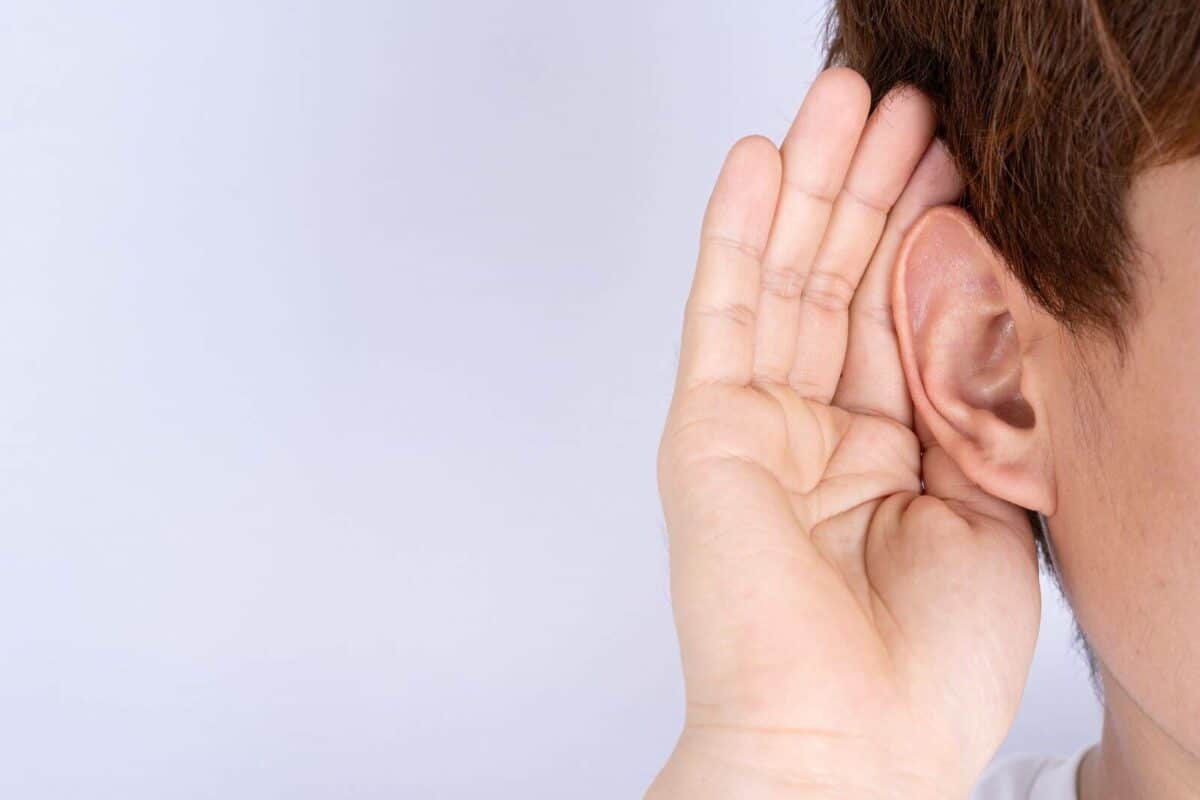- Embracing Invisible Hearing Aids - October 20, 2024
- Alerting Devices for Hearing-Impaired Users - October 6, 2024
- The Benefits of Regular Hearing Screenings - September 18, 2024
When you think of workplace injuries, hearing might not be the first thing to come to mind. Those who work in industrial settings or construction can suffer a wide range of injuries, including broken bones and back strain. Those who work in offices can have gradual injuries from their desk positions, including carpal tunnel and neck pain. Although each of these injuries is quite common, they don’t eclipse the most common work-related injury in the United States: hearing loss. The Centers for Disease Control and Prevention (CDC) reports that 22 million Americans are exposed to damaging noise at work, and an additional 9 million are exposed to ototoxic chemicals that can harm hearing. With these numbers in mind, we need to learn more about workplace hearing hazards. How are so many people exposed to hearing risks at work, and what can be done to reduce that number? Let’s take a closer look at these risks, as well as what you can do to protect yourself from the most common work-related injury.
Noise-Induced Hearing Loss
Those 22 million people who are exposed to hazardous noise at work should be protected by their employers. The Occupational Safety and Health Administration (OSHA) mandates all employers to protect their workers from dangerous noise levels. However, many employees fall outside the effective enforcement of this regulation. Those who work in very loud industrial sites, transportation hubs, or construction settings can be exposed to such high levels of noise that their employers require protection and a reduction of the time spent in the loudest tasks. Not only are earplugs required in these jobs, but more advanced hearing protection may be required on the job site. Despite these requirements, some employers fail to provide the protection their employees need. Small businesses are particularly susceptible to falling outside these requirements. Although they are subject to OSHA mandates, as well, some small employers fail to realize the noise risks they pose to their workers. For instance, restaurants and bars are particularly hazardous to hearing. With the noise coming from patrons’ voices in combination with background music or noise from the kitchen, these venues can produce damaging levels of noise. However, few servers and other workers wear hearing protection in these jobs. Other jobs that produce damaging noise might surprise you, as well. Hair salons can use dryers that produce enough noise to damage hearing after a long shift at work, and even recess monitors in elementary schools can be exposed to hazardous noise levels.
Ototoxic Chemicals
Ototoxic chemicals pose a threat to hearing ability, and many workers are unaware of the risks that these toxins can create. Pharmaceuticals are the most common ototoxic chemicals, and these medicines can be used to treat serious health conditions. These chemicals are not necessarily related to the workplace, however, so workers need to be made aware of other hearing risks at work. Certain solvents found in cleaning supplies can damage hearing, and those who work with these chemicals in hospitality, office cleaning, and home services can incur hearing damage through exposure to these chemicals. Other manufacturing and industrial settings can use chemical processes that expose employees to hearing damage, as well. For further information on ototoxic chemicals, consult the CDC and OSHA guidelines for workplace safety.
Protecting Yourself
What can you do to protect yourself from this most common work-related injury? In both the case of noise exposure and the use of ototoxic chemicals, it is important to educate yourself about these risks. Your employer is mandated to provide hearing protection in both forms, but you are wise to take your hearing health into your own hands. Find out what decibel-level is produced by various tasks, locations, and times in your workplace to see if you need hearing protection. You can also investigate the possibility of ototoxicity in the chemicals you use regularly in your job. When you become aware of the hearing risks that are present in your workplace, be sure to communicate them to your supervisor and coworkers. When you find out about a workplace risk, you can do your part to help protect others at your job, as well.

